Home>Gardening & Outdoor>Outdoor Recreation & Activities>How To Build A Bocce Ball Court
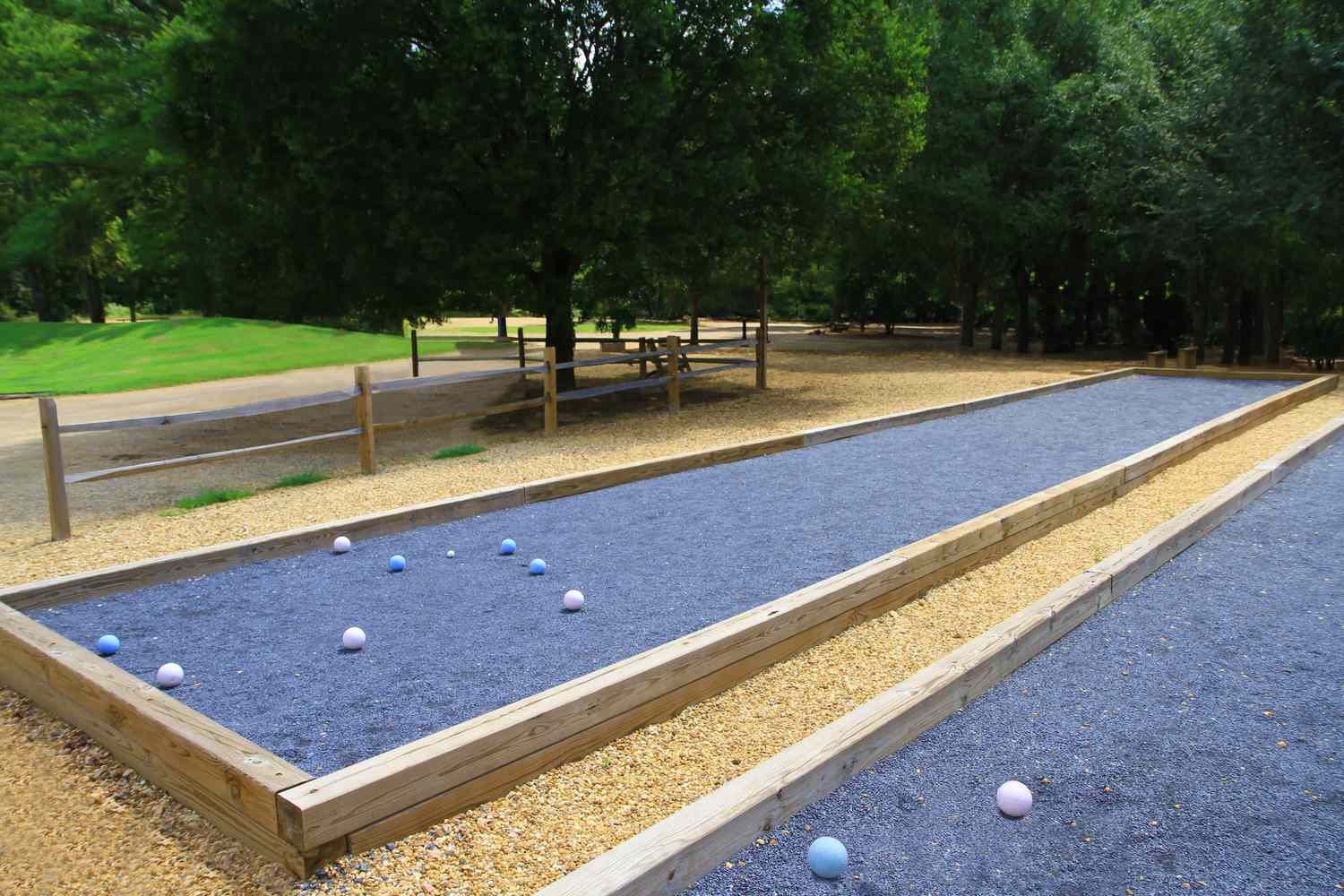

Outdoor Recreation & Activities
How To Build A Bocce Ball Court
Modified: October 20, 2024
Learn how to build a bocce ball court for your outdoor recreation and activities. Follow our step-by-step guide for a fun and engaging project.
(Many of the links in this article redirect to a specific reviewed product. Your purchase of these products through affiliate links helps to generate commission for Storables.com, at no extra cost. Learn more)
Introduction
Are you ready to elevate your outdoor entertainment game? Building a bocce ball court in your backyard is a fantastic way to enjoy quality time with family and friends while indulging in a fun and competitive game. Whether you're a seasoned bocce enthusiast or just discovering the joy of this timeless pastime, creating your own court can be a rewarding and enjoyable project.
In this comprehensive guide, we'll walk you through the step-by-step process of building a bocce ball court, from selecting the ideal location to adding the finishing touches. By the end of this journey, you'll have a stunning court that's ready to host countless memorable bocce matches.
So, roll up your sleeves, gather your tools, and get ready to transform your outdoor space into a bocce ball oasis. Let's dive in and make your bocce ball dreams a reality!
Key Takeaways:
- Building a bocce ball court is a fun way to create lasting memories and enjoy outdoor entertainment with family and friends. It’s a chance to personalize your outdoor space and embrace the joy of friendly competition.
- By maintaining your bocce ball court and infusing your personal style into its design, you can ensure years of enjoyment and relaxation in your own backyard oasis.
Read more: How Big Is A Bocce Ball Court?
Step 1: Selecting the Location
The first and most crucial step in building a bocce ball court is selecting the perfect location. When choosing the spot for your court, consider the following factors:
- Space: Ensure that the area you select is spacious enough to accommodate a regulation-size bocce court, which is typically 13 to 14 feet wide and 60 to 90 feet long. If space is limited, you can opt for a smaller court size to fit your available area.
- Sunlight: Bocce is best enjoyed in natural light, so choose a location that receives ample sunlight throughout the day. This will provide the ideal playing conditions and enhance the overall experience.
- Flat Terrain: Look for a flat and level area for your court to ensure a smooth playing surface. Avoid locations with significant slopes or uneven ground, as these can affect the roll of the bocce balls.
- Accessibility: Consider accessibility to the court from your home or entertainment area. A convenient location will encourage frequent use and make it easier for players to participate.
- Landscape: Take into account the surrounding landscape and any potential obstructions. Clear the area of rocks, roots, or debris that could interfere with the construction and enjoyment of the court.
Once you’ve identified the ideal location, mark out the court’s dimensions using stakes and string to visualize the layout. This will help you confirm that the chosen area can accommodate the court and allow for any necessary adjustments before moving on to the next steps.
Choosing the right location is the foundation of your bocce ball court project, setting the stage for a successful and enjoyable playing experience. With the perfect spot secured, you’re ready to move on to gathering the materials and tools needed to bring your vision to life.
Step 2: Gathering Materials and Tools
With the location for your bocce ball court selected, it’s time to gather the materials and tools necessary for the construction process. Here’s a comprehensive list of what you’ll need:
Materials:
- Wooden Boards: For constructing the borders of the court, you'll need high-quality wooden boards that can withstand outdoor conditions.
- Crushed Stone: This will be used as the base material for the court to provide proper drainage and a stable foundation.
- Oyster Shell Flour or Fine Gravel: These materials will serve as the playing surface, offering the ideal texture for bocce ball rolls.
- Landscape Fabric: To prevent weed growth and maintain the integrity of the court's base.
- Wood Screws and Nails: Essential for securing the wooden borders and ensuring structural stability.
- Measuring Tape and String: These tools will help you accurately lay out the court's dimensions and ensure precise construction.
- Marking Paint or Chalk: For marking out the court's boundaries and guidelines during the construction process.
Tools:
- Shovel: To excavate the ground and prepare the base for the court.
- Wheelbarrow: For transporting and spreading the crushed stone and other materials across the court area.
- Level: Essential for ensuring that the court surface and borders are perfectly even and flat.
- Power Saw: For cutting the wooden boards to the required lengths and angles during the border construction.
- Drill: To secure the wooden borders and other components in place.
- Hand Tamper: For compacting the crushed stone base to create a solid and stable foundation.
- Broom: For sweeping and leveling the playing surface material.
By gathering these materials and tools, you’ll be well-equipped to commence the construction of your bocce ball court. With everything in place, you’re ready to move on to the next step: preparing the ground for the court’s foundation.
Step 3: Preparing the Ground
Now that you have all the necessary materials and tools, it’s time to prepare the ground for the construction of your bocce ball court. Follow these steps to ensure a solid foundation:
- Excavation: Use a shovel to excavate the selected area to a depth of about 4 to 6 inches. Remove any rocks, roots, or debris to create a clean and level surface for the court’s base.
- Compact the Soil: After excavation, use a hand tamper to compact the soil thoroughly. This will provide a stable base for the subsequent layers of the court construction.
- Lay Landscape Fabric: Once the soil is compacted, lay down landscape fabric across the entire excavated area. This will prevent weed growth and ensure the integrity of the court’s base over time.
- Add Crushed Stone: Spread a layer of crushed stone evenly across the fabric-covered area. Use a wheelbarrow and shovel to distribute the crushed stone, aiming for a depth of about 3 to 4 inches. After spreading the stone, use a hand tamper to compact it thoroughly, creating a solid and level base for the court.
- Verify the Slope: Use a level to check the slope of the compacted stone base. Ideally, the court should have a slight slope to allow for proper drainage. Ensure that the slope is gentle and uniform across the entire length of the court.
By diligently following these steps, you’ll establish a sturdy and well-prepared base for your bocce ball court. The proper preparation of the ground is essential for ensuring the longevity and performance of the court, setting the stage for the subsequent construction phases.
With the ground prepared, you’re ready to move on to the next step: laying the base for the court, which will provide the foundation for the playing surface and borders.
Step 4: Laying the Base
With the ground prepared, it’s time to lay the base for your bocce ball court. This crucial step sets the foundation for the court’s playing surface and borders. Follow these key steps to ensure a solid and level base:
- Marking the Borders: Use measuring tape and string to mark the borders of the court, ensuring that the dimensions align with the desired size of the playing area. This will provide a clear guideline for the subsequent construction steps.
- Installing Wooden Borders: Begin by installing the wooden boards to create the borders of the court. Use a power saw to cut the boards to the required lengths and angles, and then secure them in place using wood screws and nails. Ensure that the borders are level and firmly anchored to the ground.
- Adding Additional Base Material: Once the borders are in place, add a layer of crushed stone within the bordered area. Spread the stone evenly and use a hand tamper to compact it thoroughly. This additional layer of base material will further enhance the stability and resilience of the court’s foundation.
- Verifying the Surface: Use a level to verify that the entire base, including the bordered area, is flat and even. This step is crucial for ensuring a consistent playing surface and proper ball roll during bocce matches.
By meticulously following these steps, you’ll establish a robust and well-prepared base for your bocce ball court. The careful installation of the wooden borders and the addition of the base material are essential for creating a stable and reliable foundation that will support the court’s playing surface.
With the base in place, you’re ready to move on to the next step: installing the borders, which will define the boundaries of the court and add a professional finish to the construction process.
Step 5: Installing the Borders
As you progress with the construction of your bocce ball court, the installation of the borders marks a significant milestone in the process. The borders not only define the boundaries of the playing area but also add a professional and polished finish to the court. Follow these essential steps to install the borders effectively:
- Securing the Borders: Begin by ensuring that the wooden borders are securely anchored in place. Use wood screws and nails to fasten the borders to the ground, ensuring that they are level and aligned with the marked dimensions of the court.
- Checking Alignment: Use a measuring tape to verify that the borders are consistent in width and aligned with the marked boundaries. This attention to detail will contribute to the overall professional appearance of the court.
- Applying Finishing Touches: Once the borders are secured and aligned, use a power saw to trim any excess length from the boards, ensuring a clean and uniform appearance along the edges of the court.
- Verifying Stability: Walk along the borders and apply gentle pressure to ensure that they are firmly anchored and stable. This step is crucial for guaranteeing the durability and longevity of the court’s structure.
By meticulously following these steps, you’ll achieve a well-constructed and visually appealing border for your bocce ball court. The installation of the borders not only defines the playing area but also adds a touch of professionalism and elegance to the overall court design.
With the borders securely in place, you’re ready to move on to the next step: adding the surface material, which will transform the court into a pristine and inviting playing area for bocce enthusiasts.
When building a bocce ball court, make sure to choose a level area with good drainage. Use a measuring tape to mark the court’s dimensions and then dig out the area to a depth of 4 inches. Fill the area with a base layer of crushed stone and then a top layer of oyster shell flour or decomposed granite for a smooth playing surface.
Step 6: Adding the Surface Material
As you approach the final stages of constructing your bocce ball court, adding the surface material is a pivotal step that will transform the court into a pristine and inviting playing area. The surface material not only enhances the aesthetics of the court but also significantly impacts the gameplay experience. Follow these essential steps to add the surface material effectively:
- Spreading Oyster Shell Flour or Fine Gravel: Begin by spreading a layer of oyster shell flour or fine gravel evenly across the entire playing area within the bordered court. Use a rake to distribute the material, aiming for a smooth and consistent coverage.
- Leveling the Surface: After spreading the surface material, use a broom to level and smooth the playing surface. This step is essential for creating an even and uniform texture that facilitates optimal ball roll during bocce matches.
- Verifying the Playing Surface: Walk across the court and inspect the playing surface to ensure that it is free of any irregularities or uneven areas. Make any necessary adjustments to achieve a flawless and seamless playing area.
- Marking the Court Boundaries: Use marking paint or chalk to outline the court’s boundaries and foul lines, clearly defining the playing area and providing visual guidance for bocce matches.
By diligently following these steps, you’ll create a meticulously crafted playing surface that is both visually appealing and conducive to an exceptional bocce ball experience. The addition of the surface material marks the culmination of the construction process, bringing your vision of a bocce ball court to life.
With the surface material in place, you’re ready to move on to the final step: adding finishing touches and establishing a maintenance routine to ensure the longevity and pristine condition of your bocce ball court.
Read more: What Is Bocce Ball?
Step 7: Finishing Touches and Maintenance
As you near the completion of your bocce ball court construction, adding finishing touches and establishing a maintenance routine are crucial for ensuring the longevity and pristine condition of the court. Follow these essential steps to add the final touches and maintain your bocce ball court:
- Applying Sealant (Optional): Consider applying a sealant to the wooden borders to protect them from moisture and enhance their durability. Choose a high-quality outdoor sealant and follow the manufacturer’s instructions for application.
- Landscaping and Aesthetic Enhancements: Surround the court with landscaping elements or decorative features to enhance its visual appeal. Consider adding potted plants, decorative stones, or outdoor lighting to create an inviting and picturesque bocce ball playing area.
- Establishing a Maintenance Routine: Develop a regular maintenance schedule for the court, including tasks such as sweeping the playing surface, inspecting and maintaining the wooden borders, and addressing any drainage or erosion concerns. Regular maintenance will preserve the court’s condition and ensure optimal playing conditions.
- Storage and Protection: If possible, store bocce balls and other equipment in a designated area when not in use to protect them from the elements and prolong their lifespan. Consider investing in a storage solution, such as a weatherproof container, to keep the equipment organized and well-maintained.
By incorporating these finishing touches and establishing a proactive maintenance routine, you’ll ensure that your bocce ball court remains in excellent condition for years to come. The combination of protective measures and aesthetic enhancements will elevate the overall appeal and functionality of the court, providing an enjoyable and enduring bocce ball experience for you and your guests.
With the finishing touches applied and a maintenance routine in place, your bocce ball court is ready to take center stage as a captivating and inviting outdoor entertainment space. Congratulations on completing this rewarding project, and may your court be the backdrop for countless memorable bocce matches and cherished moments with family and friends.
Conclusion
Congratulations on embarking on the journey to create your own bocce ball court! Through careful planning, diligent construction, and attention to detail, you’ve transformed your outdoor space into a captivating and inviting arena for bocce enthusiasts. As you reflect on the completion of this project, consider the following key takeaways:
- Quality Time and Recreation: Your bocce ball court is more than just a playing area; it’s a gathering place for quality time, friendly competition, and shared enjoyment. Embrace the opportunity to create lasting memories and foster meaningful connections with family and friends through the joy of bocce.
- Outdoor Entertainment: Your court represents an extension of your outdoor entertainment space, offering a unique and engaging activity for social gatherings, celebrations, and leisurely afternoons. Embrace the versatility of your court as a focal point for outdoor fun and relaxation.
- Personalized Touch: The construction of your bocce ball court reflects your creativity, vision, and dedication to enhancing your outdoor environment. Infuse your personal style and preferences into the court, making it a reflection of your unique taste and passion for outdoor recreation.
- Maintenance and Care: With a proactive maintenance routine in place, your bocce ball court will continue to provide enjoyment for years to come. Embrace the responsibility of caring for and preserving the court, ensuring that it remains a pristine and inviting space for bocce enthusiasts of all ages.
As you witness the joy and camaraderie that unfold on your bocce ball court, take pride in the accomplishment of bringing this vision to life. Whether it’s a friendly game on a sunny afternoon or a spirited competition under the stars, your court stands as a testament to your commitment to outdoor recreation and creating memorable experiences.
So, step onto the court, savor the sound of rolling bocce balls, and relish in the laughter and excitement that fill the air. Your bocce ball court is more than a construction project; it’s a vibrant and dynamic space where cherished moments and cherished memories await. Embrace the journey, celebrate the achievement, and let the games begin!
Frequently Asked Questions about How To Build A Bocce Ball Court
Was this page helpful?
At Storables.com, we guarantee accurate and reliable information. Our content, validated by Expert Board Contributors, is crafted following stringent Editorial Policies. We're committed to providing you with well-researched, expert-backed insights for all your informational needs.
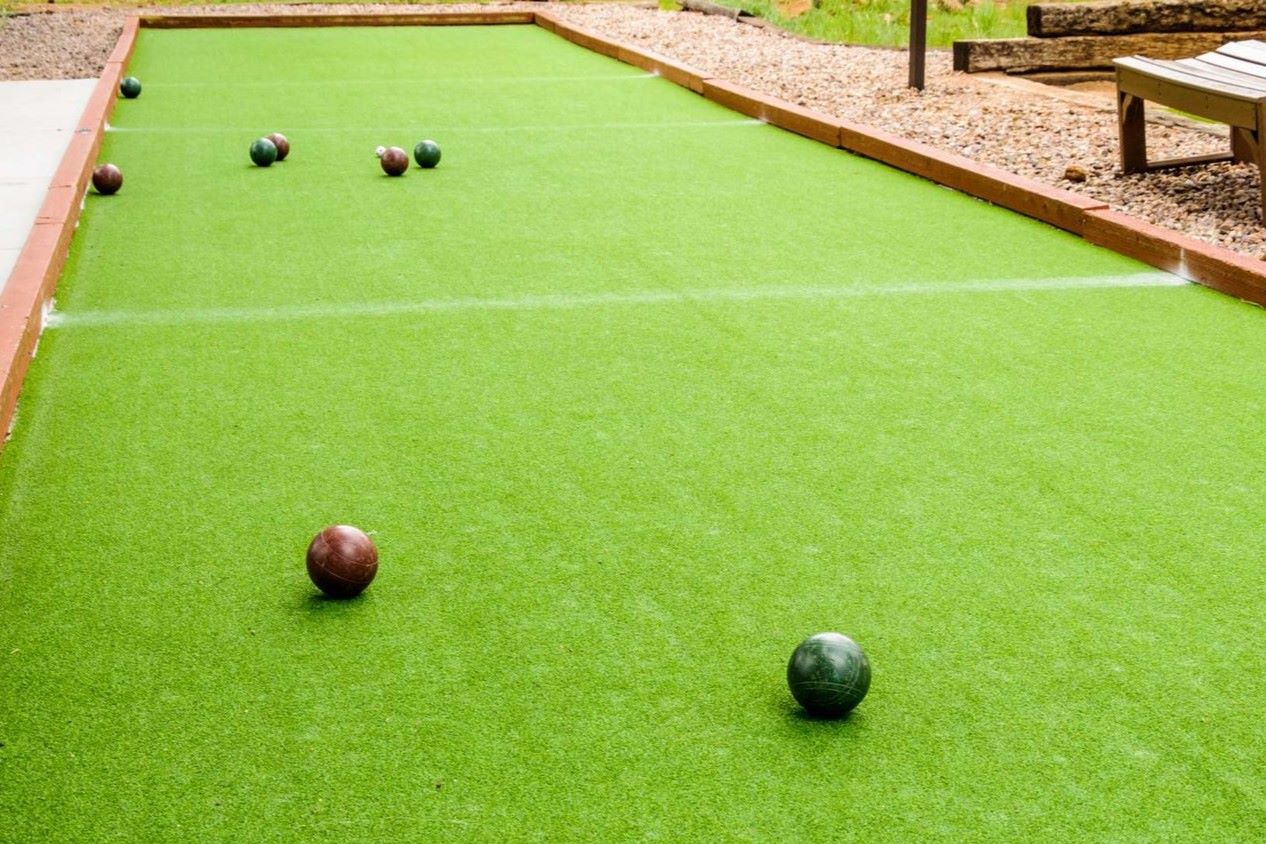
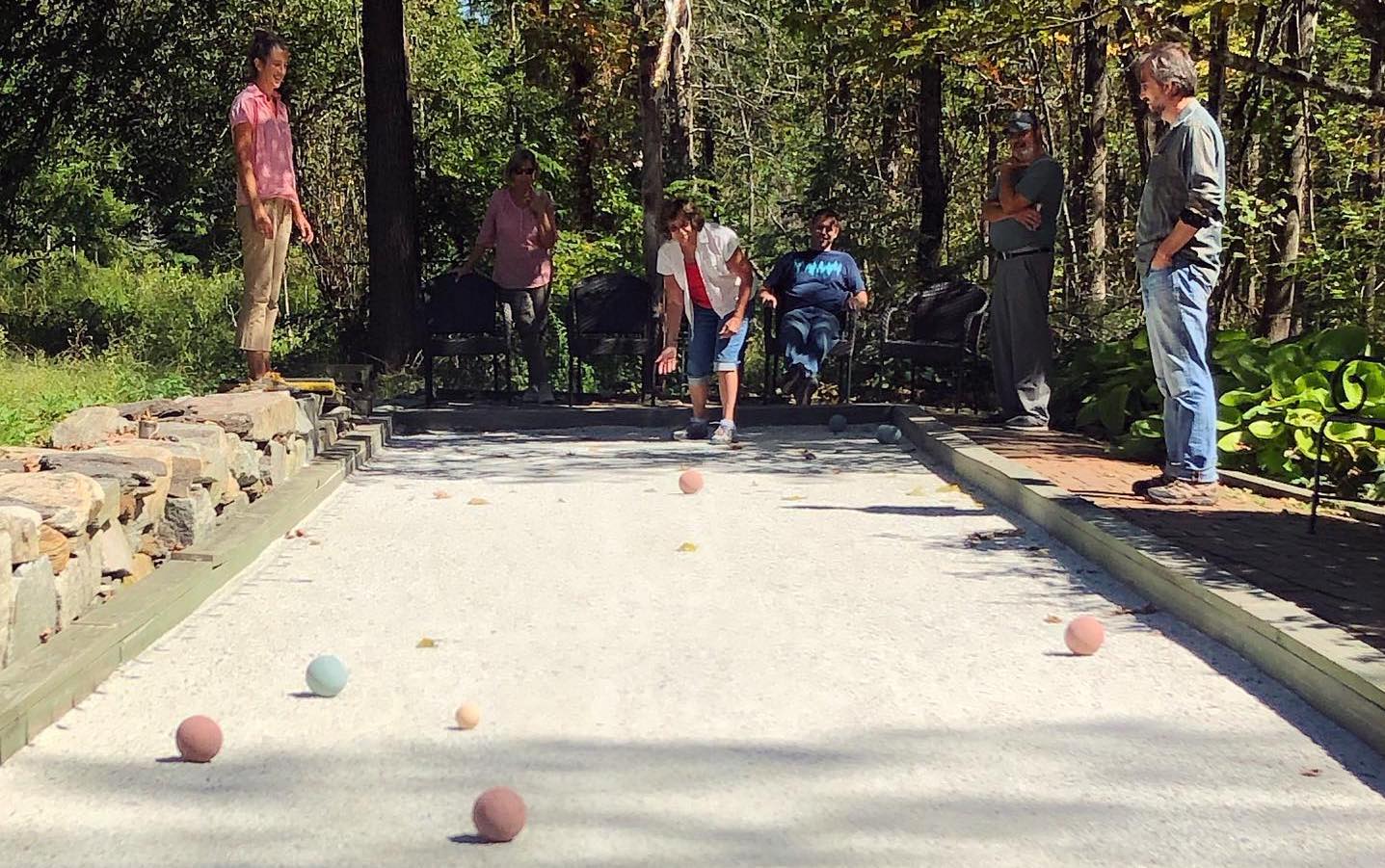
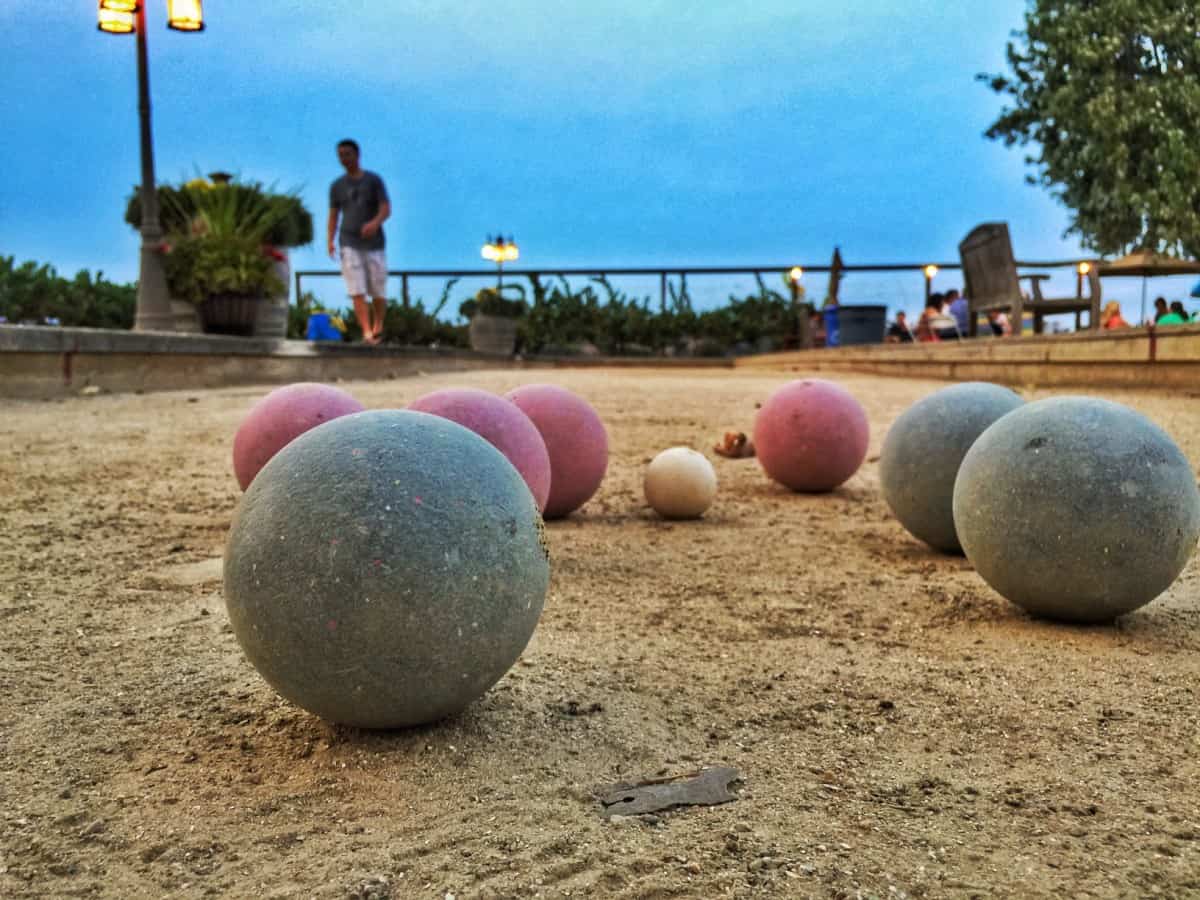
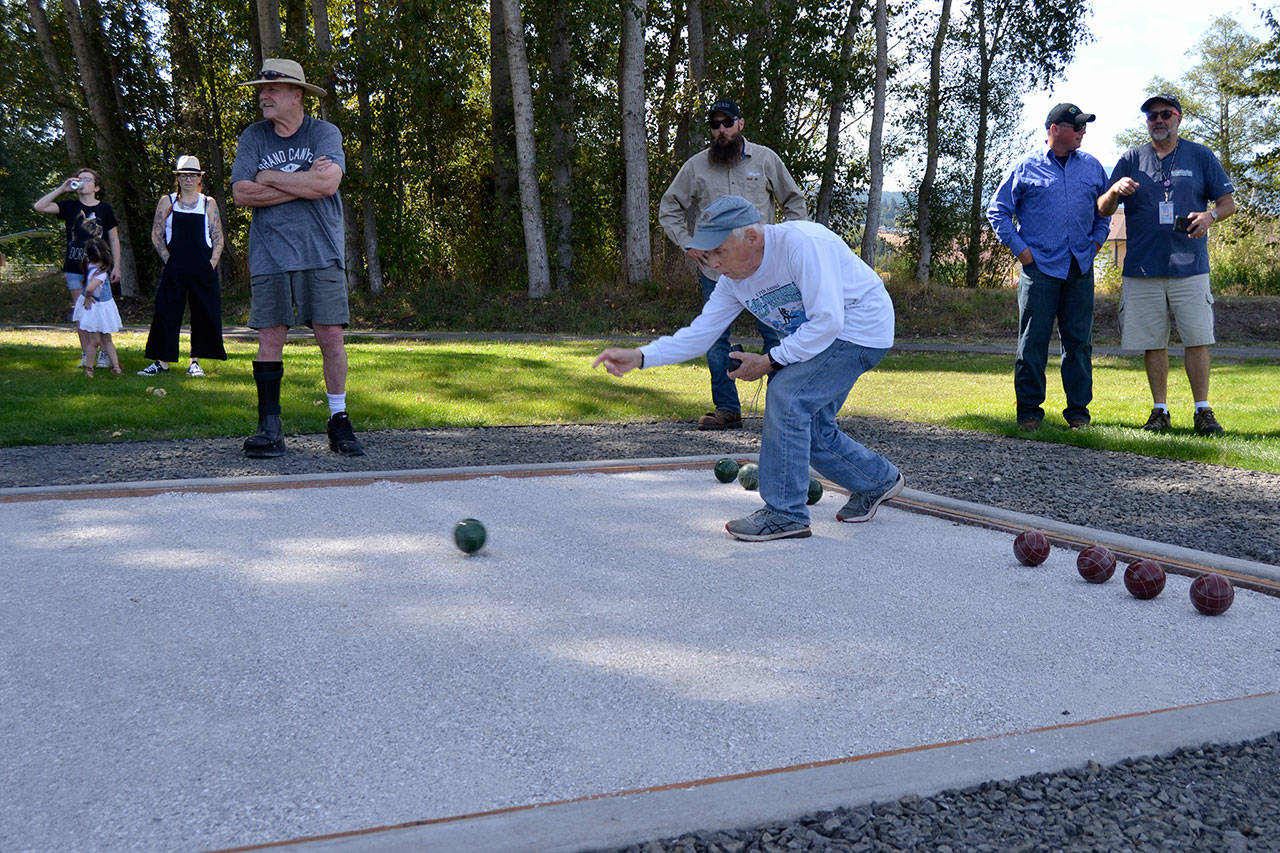
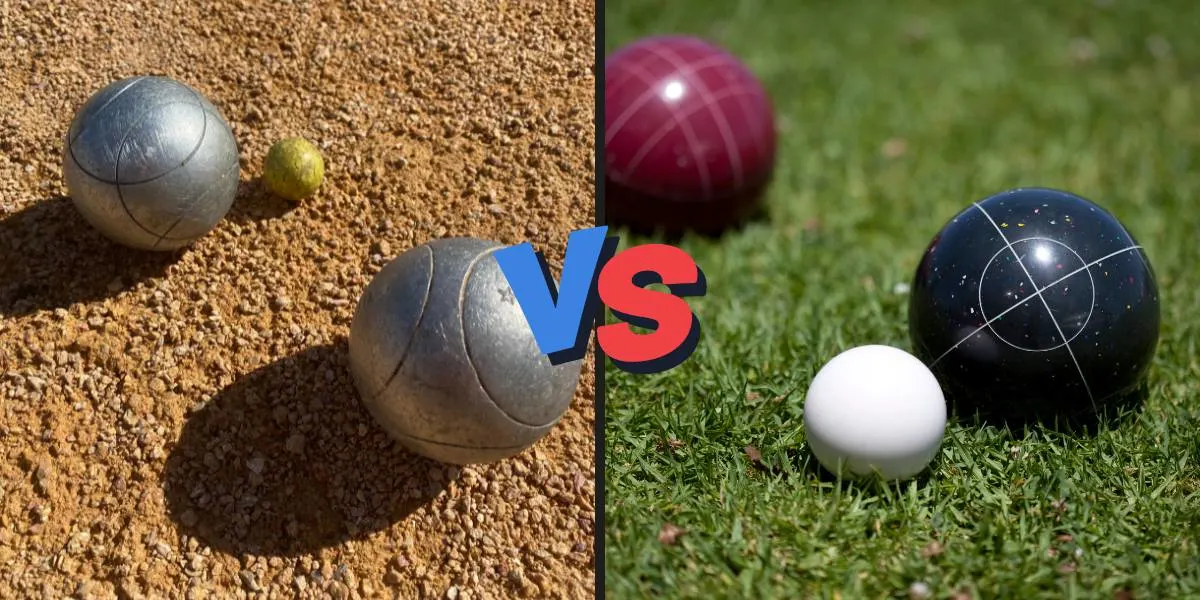
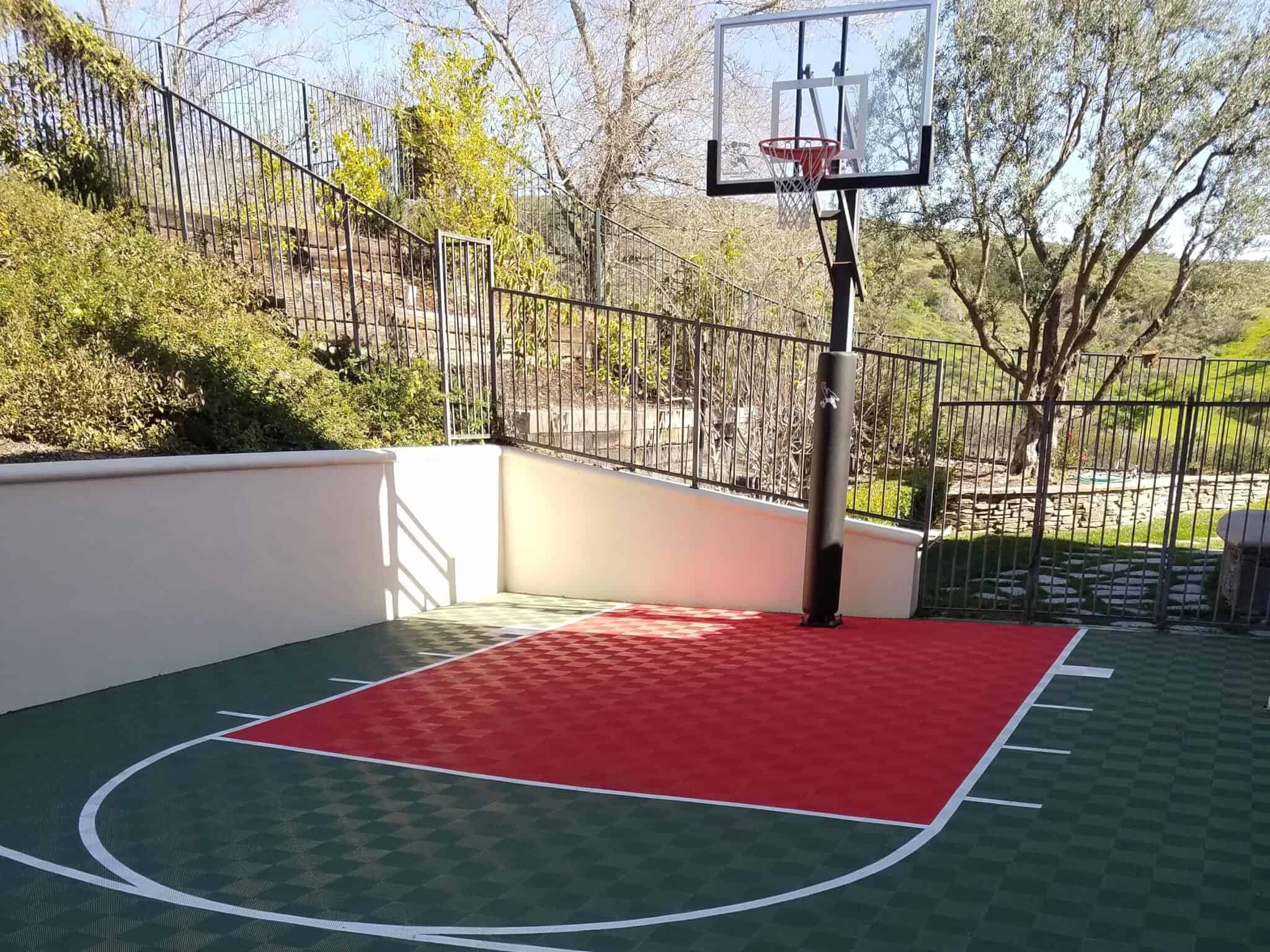
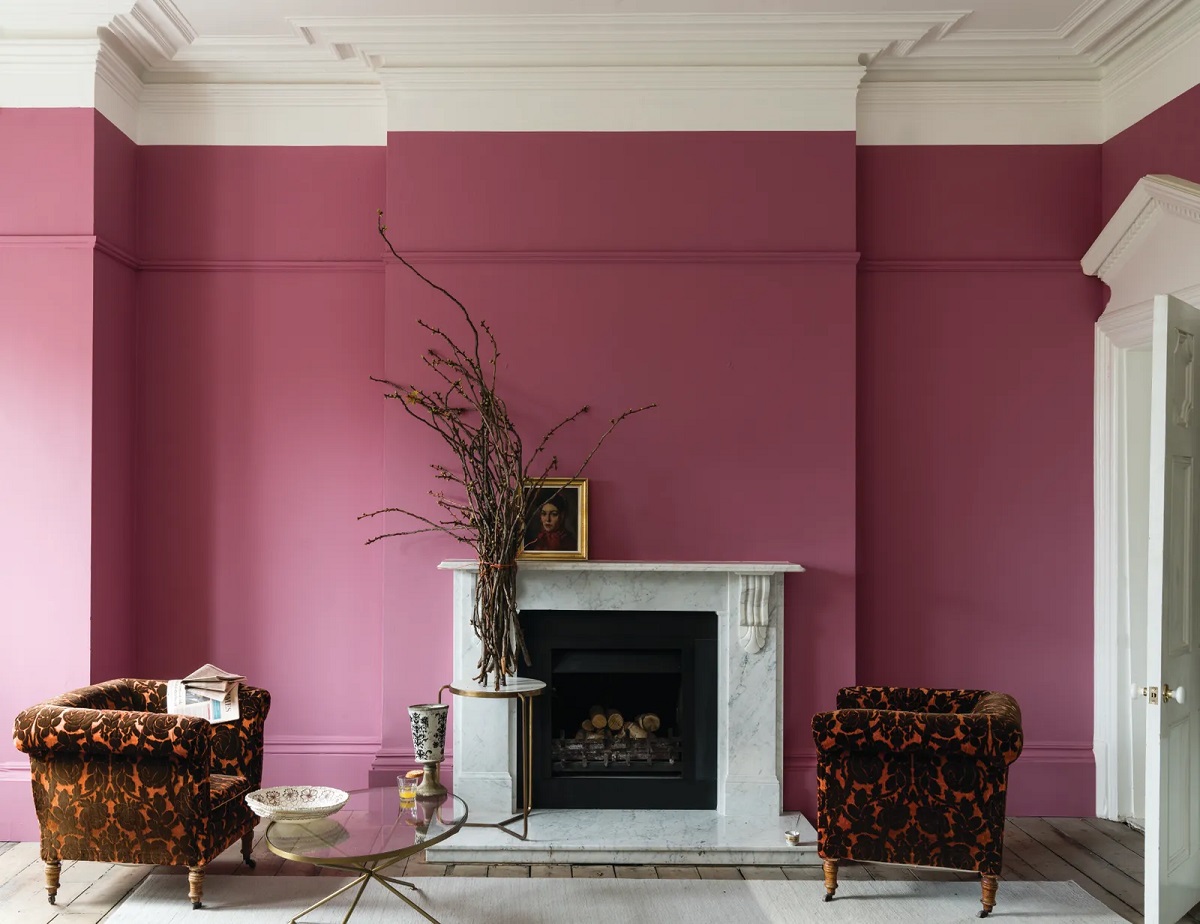
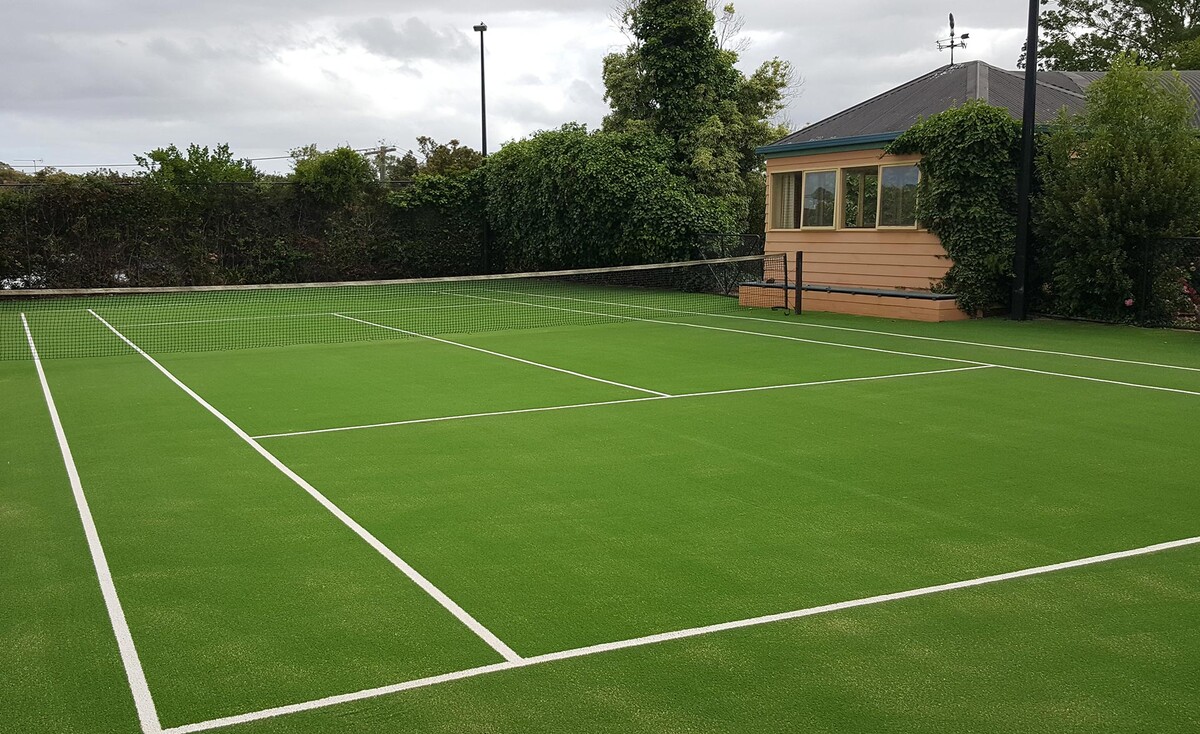
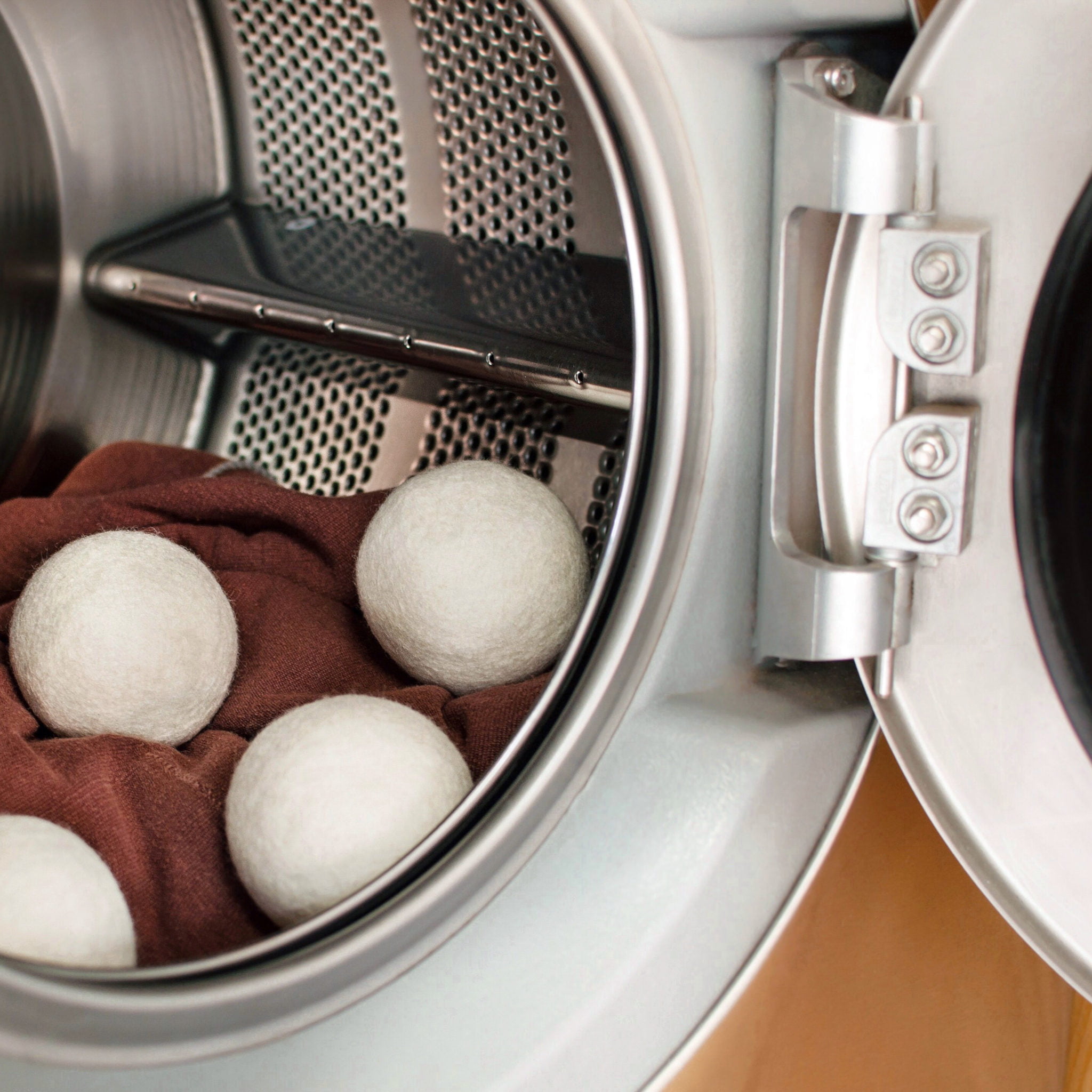

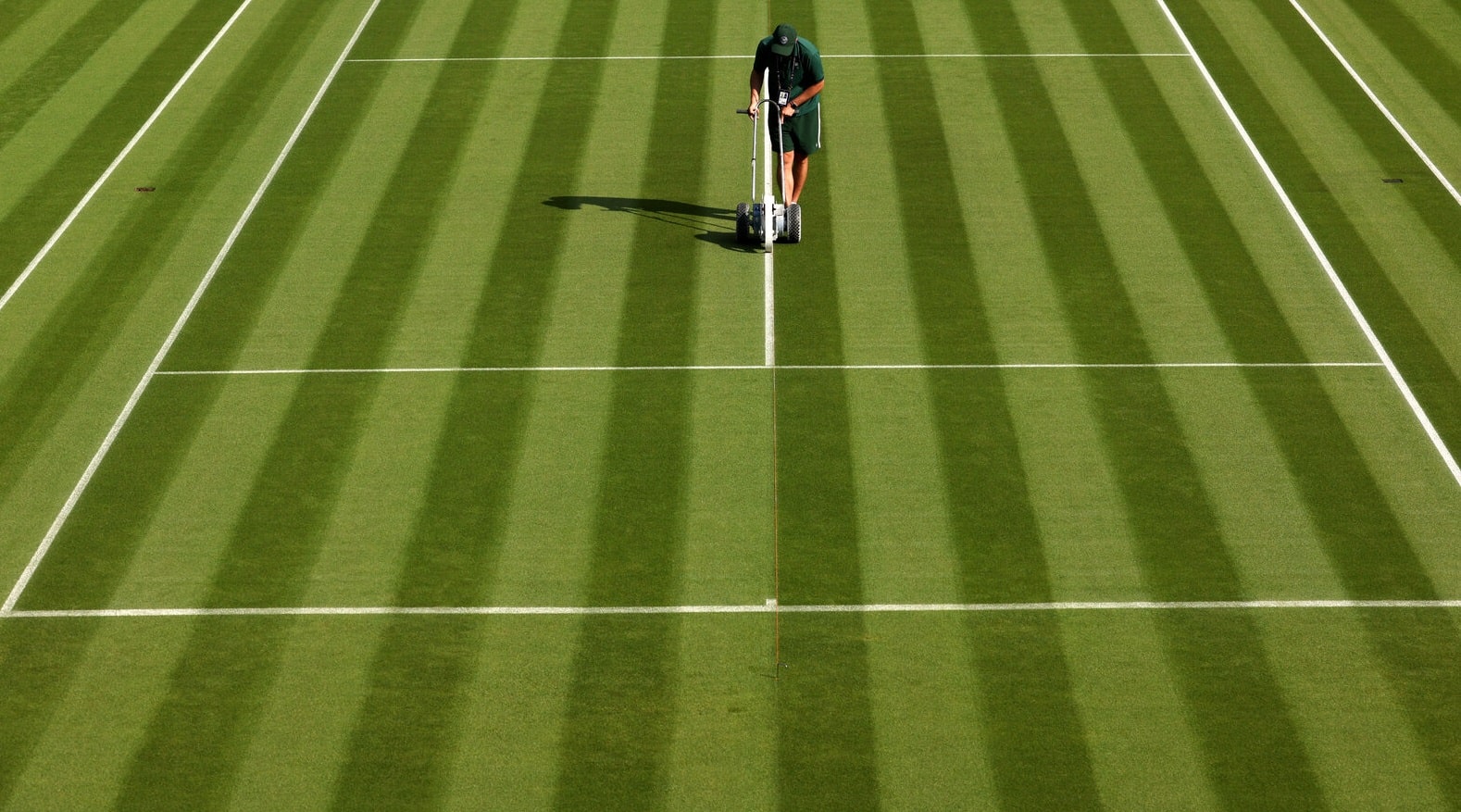
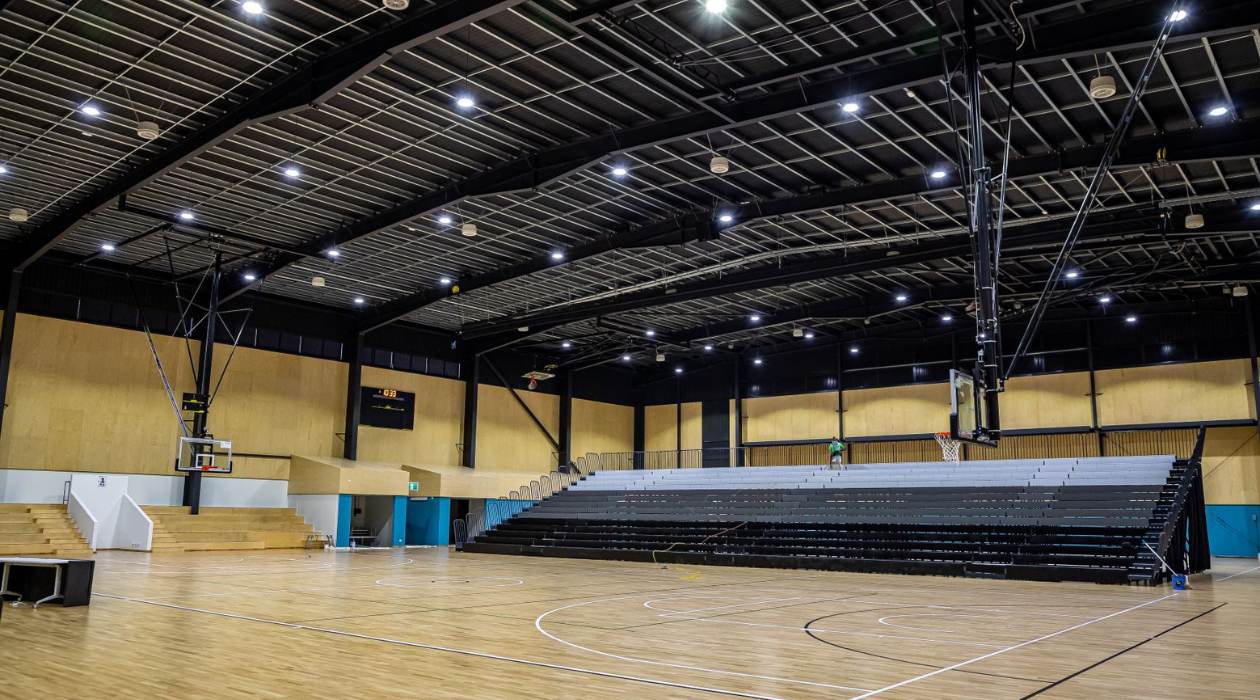
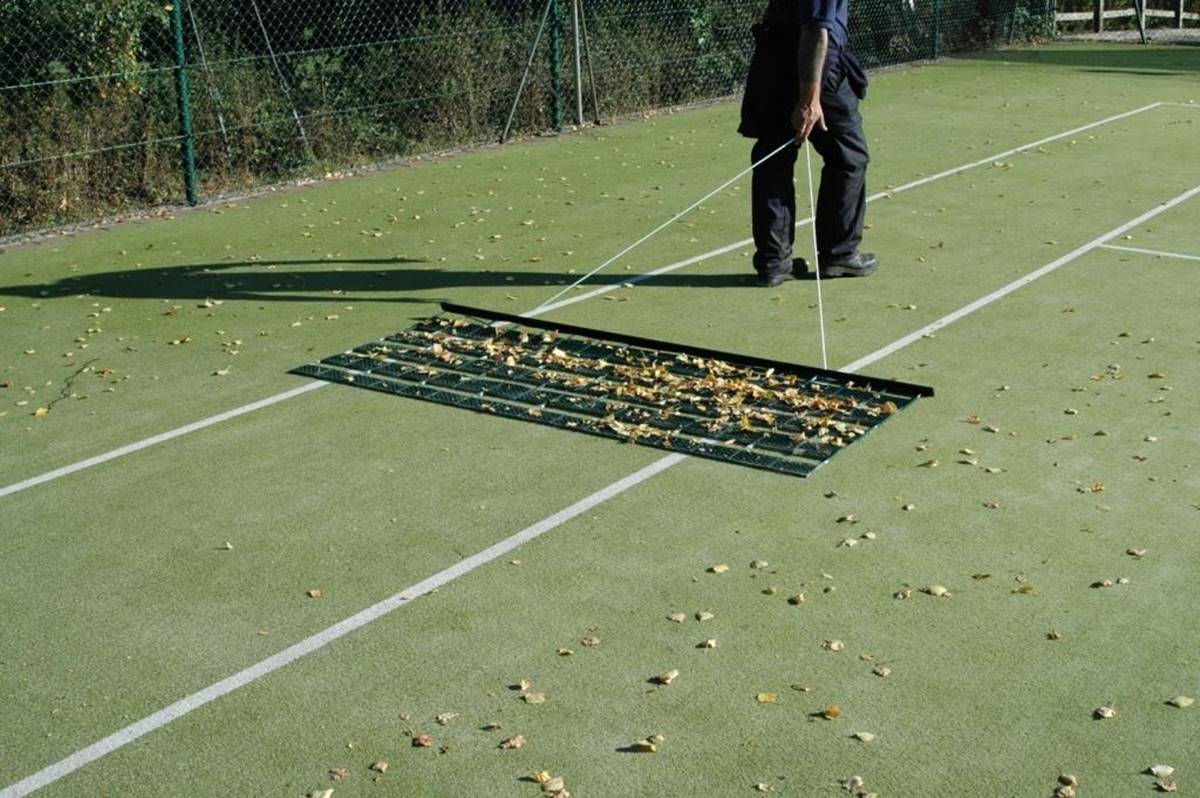

0 thoughts on “How To Build A Bocce Ball Court”